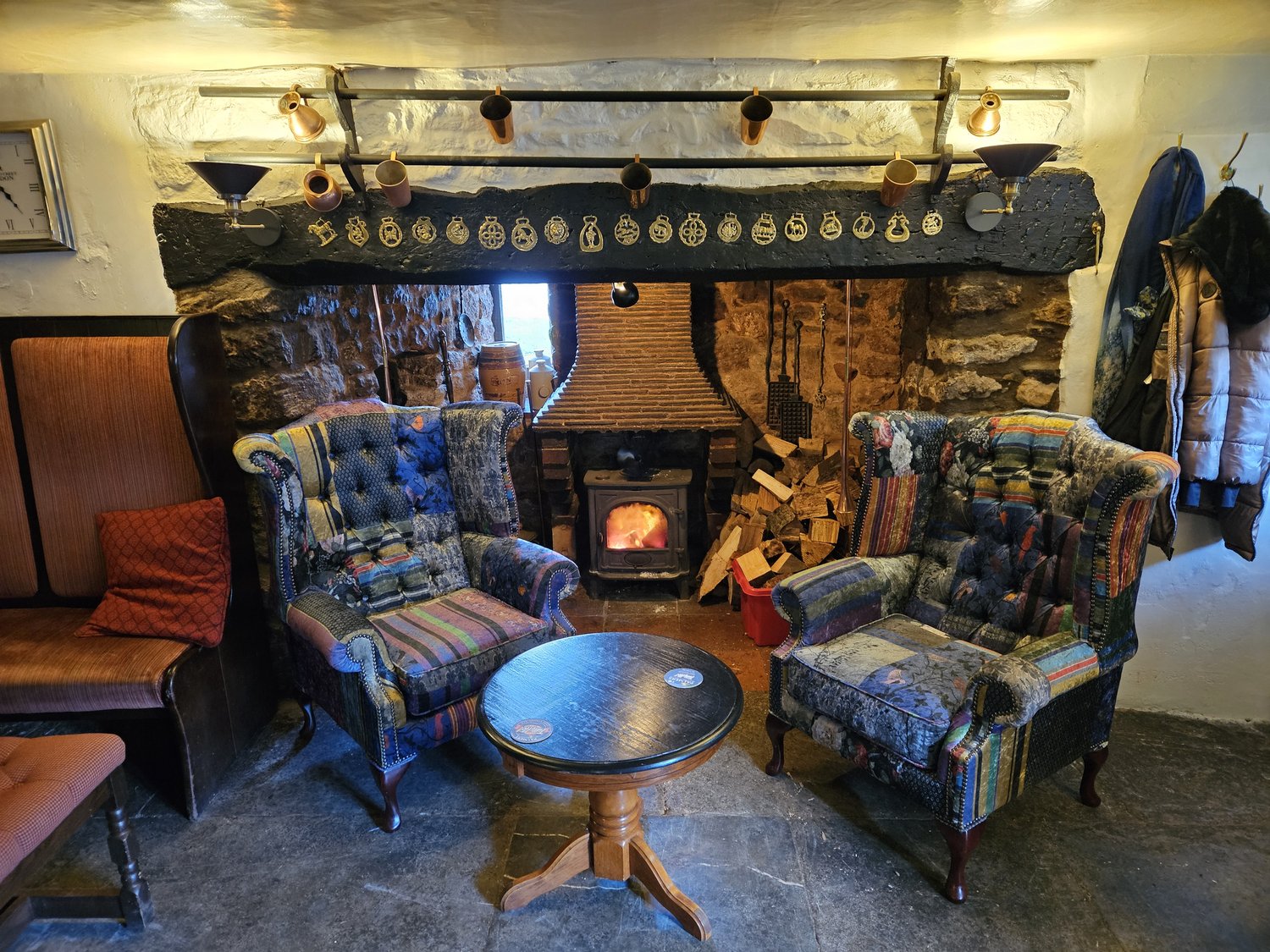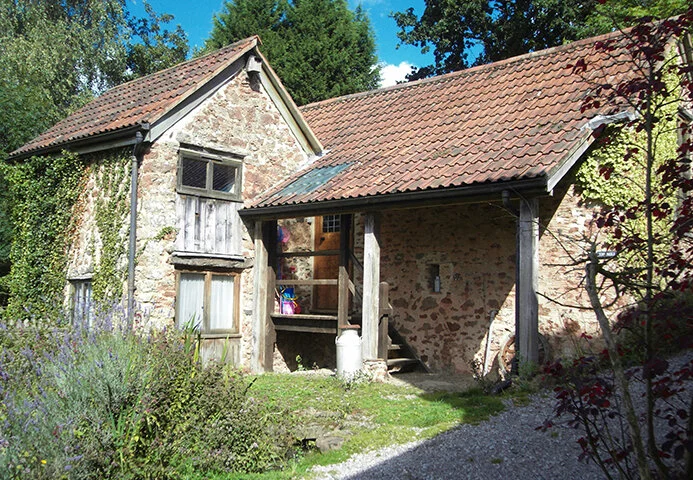Places to stay and local attractions.
West Somerset Railway
The historic steam locomotives, coaches and wagons, and the buildings of our ten unique stations linked by a twenty mile scenic journey will repay hours of exploration. The surrounding countryside is as varied as it is beautiful.
West Somerset Railway
Meadowsweet Farm Cottages
Nestling in a pretty valley on the western fringes of the Quantock Hills, Meadowsweet Farm in the hamlet of Newton is a thatched property dating back to medieval times.
Meadowsweet Farm Cottages
The Quantock Hills
The Coombe
The ancient wooded valleys of the Quantock Hills are a magical landscape, criss crossed with woodland trails and alive with the sound of birdsong. A place of tranquility, dappled light and rich woodland wildlife. There are four main types of woodland found within the National Landscape. Ash-hazel woodlands, western sessile oak woodlands, coniferous plantation and small farm woodlands.
The Coast
Quantock Hills coast is like no other. From West Quantoxhead in the west to Kilve in the east our coast contains an abundance of geology and wildlife that is well worth exploring.
Between St Audries and Kilve, younger rocks of the Jurassic Period can be found. This area falls within the Blue Anchor to Lilstock Site of Special Scientific Interest (SSSI) and is considered to be of international geological importance. The marine deposits, known as Lias, consist of alternating limestones and shales.
The Heath
The Quantock Hills along with Exmoor and Dartmoor National Parks are well known for the quality of their heathlands. The mix of different types of heath are an important feature of the Quantock Hills. The upland heath is dominated by dwarf shrubs of ling heather with whortleberry, bell heather, cross leaved heath and western gorse also present. The western heath are dominated by bell heather and western gorse.



